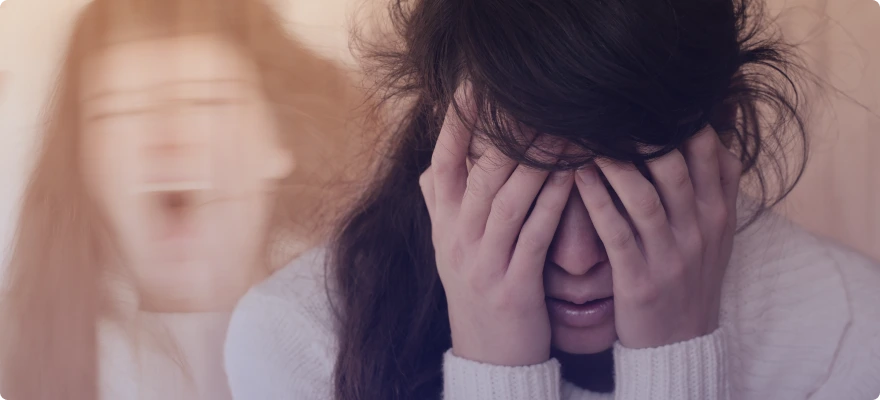Bipolar Disorder in a Nutshell
Bipolar disorder is a mental health condition that causes changes in a person’s mood causing extreme mood swings that include emotional highs (mania or hypomania) and lows (depression). People with bipolar disorder when treated can lead full and productive lives. Bipolar disorder commonly runs in families: 80 to 90% of individuals with bipolar disorder have a relative with bipolar disorder or depression. Environmental factors such as sleep disruption, drugs/alcohol use and stress may trigger mood episodes in people at risk. Specific cause of bipolar disorder within the brain remains unclear; however, an imbalance of brain chemicals is believed to lead to dysregulated brain activity. Average onset of this condition is at 25 years of age. Bipolar disorder includes three different categories: Bipolar I, Bipolar II, and Cyclothymic disorder.
Bipolar I Disorder
According to the American Psychiatric Association, manic episode is a period of at least one week when a person is extremely high-spirited or irritable most of the day for most days, possesses more energy than usual, and experiences at least three of the following changes in behaviour: Decreased need for sleep, faster speech, uncontrollable racing thoughts or quickly changing ideas or topics when speaking, distractibility and restlessness.
Bipolar I disorder is diagnosed when a person experiences above-mentioned symptoms. People with bipolar I disorder mostly have other associated mental disorders such as anxiety disorders, attention-deficit/hyperactivity disorder (ADHD) and/or substance use disorder. The risk of suicide is comparatively higher in people with bipolar I disorder than the general population.
Bipolar II Disorder
A hypomanic episode is characterized by less severe manic symptoms that need to last only four days in a row rather than a week, according to the American Psychiatric Association. The diagnosis of bipolar II disorder requires someone to have at least one major depressive episode and at least one hypomanic episode. Hypomanic symptoms do not cause major problems in daily functioning as compared to the manic symptoms. People usually return to their normal functioning between episodes.
Cyclothymic Disorder
Cyclothymic disorder is a milder form of bipolar disorder involving many “mood swings,” with hypomania and depressive symptoms that occur frequently. People with cyclothymia disorder experiences emotional ups and downs but with lesser severe symptoms than bipolar I or II disorder.
Cyclothymic disorder symptoms include the following-
For at least two years, many periods of hypomanic and depressive symptoms, but the symptoms do not meet the criteria for hypomanic or depressive episode
Or
During the two-year period, the mood swings have lasted for at least half the time and have never stopped for more than two months.
Treatment
Bipolar disorder symptoms commonly improve with treatment. Medication is the keystone in the management of bipolar disorder. Psychotherapy (talk therapy) can help many patients learn about their illness and adhere to medications, preventing future mood episodes.
The most commonly prescribed type of medications for bipolar disorder are known as the “mood stabilizers” (e.g., lithium). These medications are believed to correct imbalanced brain signalling. Since bipolar disorder is a chronic illness wherein the mood episodes typically recur, ongoing preventive treatment is recommended. Bipolar disorder treatment must be individualized; patients with bipolar disorder may need to try different medications to find out what works best for them.
In certain cases, where the medication and psychotherapy has not helped, an effective treatment known as electroconvulsive therapy (ECT) may be used. ECT involves several rounds of a brief electrical current applied to the scalp while the patient is under anaesthesia, leading to a short, controlled seizure. ECT-induced seizures are believed to remodel brain signalling pathways.
Bipolar disorder can cause serious disruptions in a person’s daily routine and create a stressful family situation. In such scenario family members may benefit from professional resources, particularly mental health advocacy and support groups. From these sources, families can learn strategies for participating, coping actively in the treatment, and obtaining support.
Reference
The American Psychiatric Association (APA)









